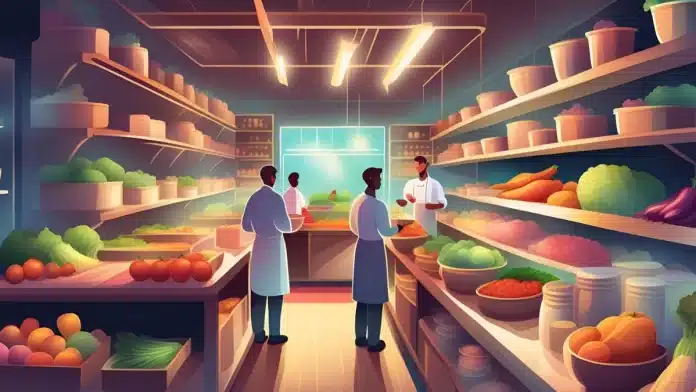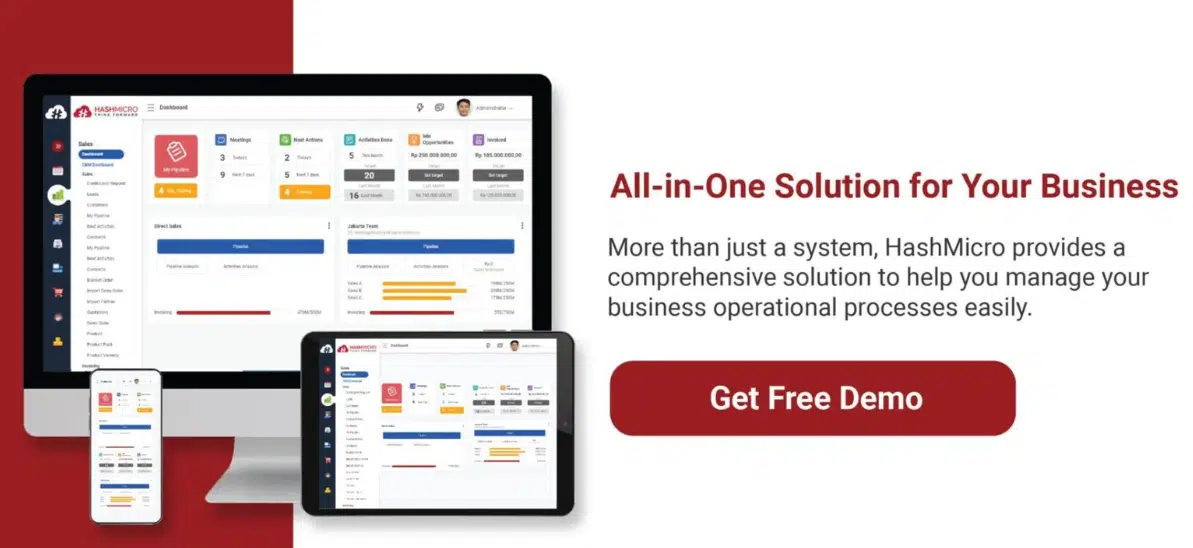Managing restaurant inventory is one of the biggest challenges in the food business. According to Procurement Tactics, 43% of small businesses do not monitor their inventory. It can lead to over or understocking, resulting in food spoilage or menu shortages.
To maintain profitability, especially when ingredient prices soar, restaurants must monitor and regulate their supply chain efficiently. This is where inventory management software becomes essential. It helps track stock levels, manage orders, and reduce waste, ensuring your restaurant stays financially stable without compromising food quality.
In this article, we’ll explore three vital inventory management processes every restaurant should implement for long-term success.
Table of Content:
Table of Content
1. Planning
Planning is a process that forecasts demand and the number of orders. This forecast is the estimated amount of the required inventory, which should be in accordance with the restaurant’s standard recipe.
This process is substantial to restaurant inventory management because it predicts how long the existing inventory will last and determines when to acquire fresh inventory. With planning, restaurants can reduce waste and avoid over- or under-inventory.
Other than that, planning for restaurant inventory management should consider other types of predictions, such as economic forecasts to anticipate inflation, money supply, and other business cycle indicators.
You might need to consider technological forecasts to update the financial plan if the restaurant applies new technology relating to inventory management.
2. Execution
Execution is a process that covers several activities of come-in and come-out inventory calculation. The process itself encompasses five main activities.
The first is an order request. It is a process where inventory staff informs the customer of the order and waits until the supplier confirms it. Then, the purchasing system is processed.
It needs coordination with the financial department. When it arrives, it goes to the storing process, depending on the inventory type. As the customer’s order is out, the inventory goes into the preparation process.
There are three types of inventory. Each type requires a complex execution process and different treatment. The fresh inventory procurement requires daily updates because the perishable risk is high. This kind of inventory will get into the preparation process multiple times a day and must be recorded in detail.
Meanwhile, inventory staff needs to update the frozen inventory procurement once a week because this type of inventory lasts longer. However, if the storage does not get enough attention, this type of inventory will be on the verge of being wasted. The same treatment applies to dry inventory.
Therefore, every inventory that comes in and out in a month will be abundant. This requires accurate data recording from inventory staff. The execution process will depend heavily on thorough data input and screening. Otherwise, over- or under-inventory will happen instead.
Also read: Inventory Aging Report: What is it and How to Calculate It
3. Control
This process is where you must ensure that all inventory comes in and comes out according to the plan. So, technical mistakes such as reckless inventory staff ordering or releasing inventory without awareness or data input would cause huge trouble.
To avoid those risks, two controlling processes must perform simultaneously with the other executing processes. The first is verifying delivering activity during receiving the delivery. This process controls the stock from the supplier and checks the quantity and condition of the ordered inventory.
It will minimize errors such as delivering the wrong order from the supplier. If there is any, the manager must quickly communicate with the inventory staff to clear the problem.
The second is the inventory checking process which aims to control the inventory that comes from the storage. This process should synchronize with the inventory that goes into the preparatory process. The inventory staff records and matches the remaining inventory in the storage. It ensures that no inventory is out without purpose.
Automate Your Restaurant Inventory Management with HashMicro Inventory Management Software
One of the best software to help you manage your restaurant inventory is HashMicro. HashMicro Inventory Management Software has distinctive and comprehensive features that streamline every aspect of your restaurant’s inventory process. Some of the features are:
- Barcode management manages the restaurant inventory and track stock movement across multiple locations fast and accurately.
- Lot and serial number tracking generates lot and serial numbers automatically for easier product tracking in every warehouse.
- Stock request management manages stock requests from all outlets or warehouses and automates the approval workflow.
- Inventory forecasting forecasts the amount of restaurant inventory you have to provide during a specified future period of time.
- Inventory valuation performs restaurant inventory valuation across all warehouses at the end of each reporting period within a few seconds.
- Stock aging analysis analyzes the age of your stock, evaluate and decide on future stock levels of slow and fast moving items.
With these features, HashMicro’s software streamlines the cycle counting process, boosting inventory accuracy and helping Singaporean businesses achieve more efficient operations.
Conclusion
These three inventory processes are critical to the restaurant’s financial stability. Everything you do must be done with the utmost precision. Restaurant managers should use software that can calculate inventory data and integrate it with other functions, such as Inventory Management Software, to ensure accurate data.
You will also benefit from ERP software in cloud based inventory management, which will become more efficient because the inputted data will be saved and analyzed for restaurant inventory management purposes.
Monitor the entire restaurant inventory management process, from planning to execution and control, to secure restaurant finances without jeopardizing the quality and price of your restaurant’s dishes.






































